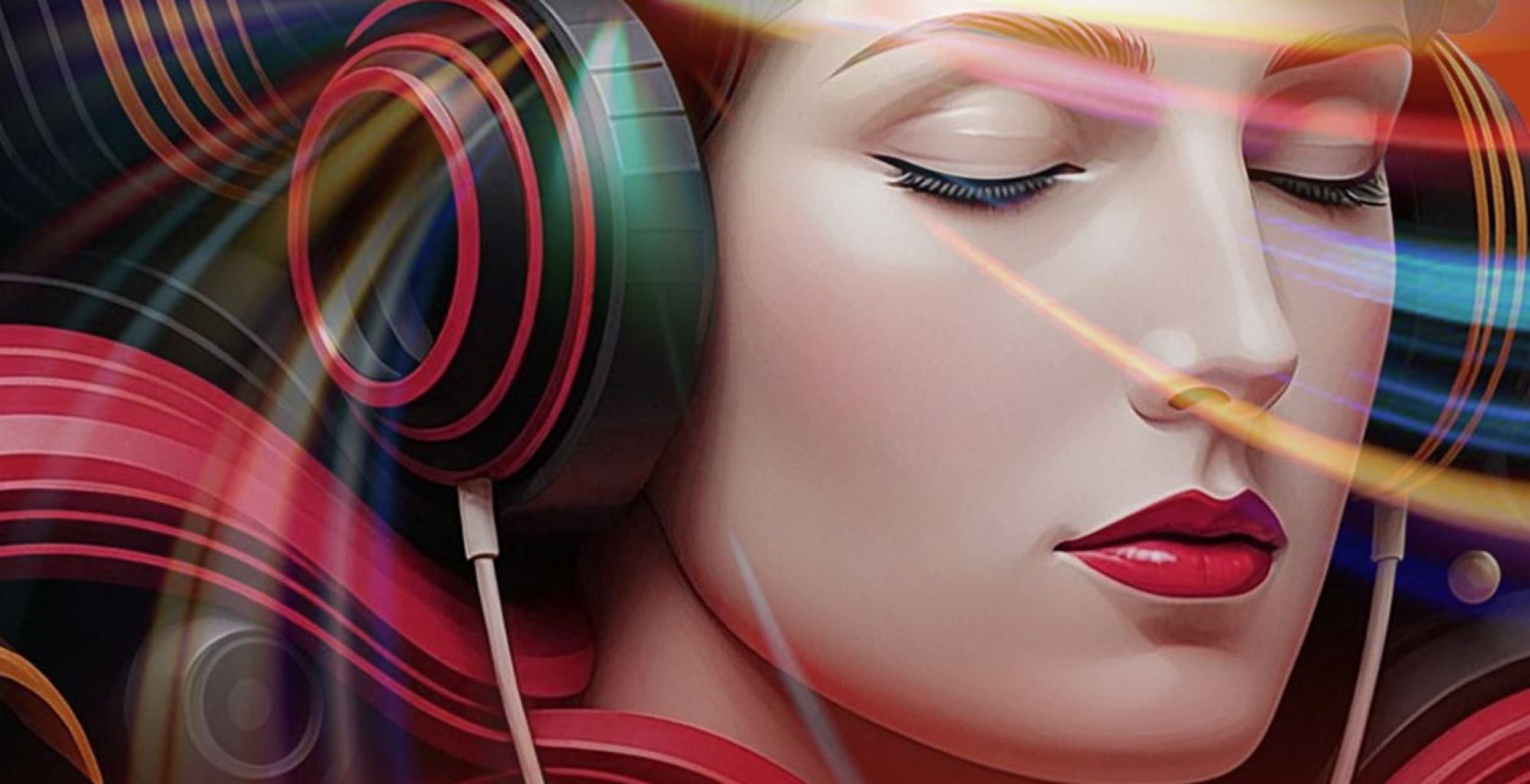It can be a roller coaster of feelings, experiences, and difficulties to live with attention deficit hyperactivity disorder (ADHD). People frequently use metaphors and similes, which offer realistic parallels and vivid images, to fully comprehend what it’s like to have ADHD. Neurotypical people can better understand the intricacies of ADHD thanks to these literary devices that capture its essence. We examine “what is a metaphor or simile for having ADHD” in great detail in this article, dissecting the subtleties of the condition and the imaginative ways it might be expressed.
The Role of Metaphors and Similes in Understanding ADHD
In addition to being poetic devices, metaphors and similes are effective means of communicating difficult or obscure concepts. ADHD has complex effects on emotions, behavioral, and cognitive processes. We can:
- Close the gap between our own subjective experiences and outside knowledge by employing metaphors and similes.
- Bring attention to the unseen challenges that people with ADHD encounter.
- Make discussions about mental health relatable in order to normalize them.
Take the following example: “Having ADHD is like having a browser with 50 tabs open at all times.” The continual mental activity, diversions, and overstimulation that many people with ADHD encounter are depicted vividly in this contrast.
ADHD Through the Lens of Chaos and Order
1. “A Tornado in a Glass Jar”
ADHD might feel like a storm trapped in a tiny container. There is a great deal of movement, confusion, and activity, yet it is all contained within the head. The internal conflict and the challenge of externalizing or structuring ideas are reflected in this metaphor.
2. “A Symphony Without a Conductor”
Imagine an orchestra without a conductor to lead the music, with all the instruments playing simultaneously. The disarray and lack of concentration that people with ADHD frequently experience are captured in this analogy. Even while there is the potential for genius, the lack of synchronization results in deafening noise.
3. “A TV Remote with No Mute Button”
A TV remote control that is stuck at full volume with no way to mute or change the channel is analogous to the incessant mental chatter and outside stimuli that someone with ADHD is constantly exposed to. The flow of information is relentless.
The Emotional Rollercoaster of ADHD
4. “Riding a Rollercoaster Blindfolded”
For those with ADHD, emotional regulation is a major difficulty. Like riding a rollercoaster while wearing a blindfold, the highs and lows occur swiftly and frequently without notice. This simile demonstrates how erratic and powerful emotions can be.
5. “Holding a Balloon in a Hurricane”
For someone with ADHD, maintaining composure or concentration is like attempting to stop a balloon from blowing up in the middle of a hurricane. This metaphor highlights how difficult it may be to manage the disease and how outside influences can make things worse.
6. “Walking a Tightrope with No Safety Net”
Managing obligations, expectations, and impulses makes many people with ADHD feel on edge all the time. The pressure to conform to social norms and the fear of failing are represented by the absence of a safety net.
ADHD and Productivity Challenges
7. “A Racecar Without a Steering Wheel”
ADHD-related drive and energy are frequently likened to a fast-paced race car. However, direction control is difficult without a steering wheel. This metaphor draws attention to the discrepancy between execution and potential.
8. “Climbing a Mountain in Flip-Flops”
Wearing the wrong equipment can make doing chores with ADHD feel like climbing a mountain. It’s far more difficult than it should be, but it’s not impossible. The disparity between labor and result is demonstrated by this simile.
9. “Juggling Flaming Torches”
With ADHD, juggling many things is like juggling fiery torches; one mistake may cause pandemonium and demands a great deal of focus. The stress of multitasking is highlighted by this metaphor.
ADHD and Relationships
10. “A Puzzle Missing Pieces”
Social relationships are frequently impacted by ADHD because people with the disorder may find it difficult to understand discussions or recognize social signs. This metaphor demonstrates how relationships can seem unfinished or difficult to manage.
11. “Dancing to a Different Rhythm”
It’s common for people with ADHD to feel as though they’re dancing to a different beat than other people. This comparison illustrates their distinct viewpoint and the challenges of conforming to social norms.
12. “A Lighthouse in the Fog”
Keeping up relationships can be like trying to find a lighthouse in dense fog for someone with ADHD. Although there is a desire for partnerships, miscommunications and other distractions frequently block the way.
ADHD and Sensory Overload
13. “A Camera with the Shutter Stuck Open”
In ADHD, sensory overload is analogous to a camera that records every detail unfiltered. This metaphor emphasizes how overpowering unfiltered stimuli may be.
14. “Living in a Kaleidoscope”
Like seeing through a kaleidoscope, the world can seem fractured and ever-changing to someone with ADHD. It might be unsettling, but it can also be lovely.
15. “A Fire Alarm That Won’t Turn Off”
Small stimuli, like a fire alarm that never stops, can feel like emergencies. The increased sensitivity and trouble relaxing are encapsulated in this metaphor.
ADHD as a Double-Edged Sword
16. “A Superpower with a Price”
A lot of people with ADHD have special talents like hyperfocus and creativity. But these skills frequently come at the expense of difficulty with daily chores. This metaphor recognizes the disorder’s advantages as well as disadvantages.
17. “A Rocket with Infinite Fuel but No Destination”
Having ADHD might make you feel like you have endless energy and ideas but no clear path. This analogy highlights the potential while pointing out the difficulties in properly utilizing it.
18. “A Diamond in the Rough”
For the genius of people with ADHD to really flourish, it frequently requires development and comprehension. The potential for greatness is emphasized by this metaphor.
The ADHD Mind: A World of Contradictions
19. “A Library Where Every Book is Open”
Although the ADHD mind is full with ideas and information, it is difficult to use this knowledge because of the inability to concentrate on one subject at a time. The dilemma of possessing so much yet not being able to access it is exemplified by this metaphor.
20. “A Maze with Shifting Walls”
Living with ADHD can be like navigating a maze with constantly shifting walls. This simile illustrates the need for ongoing flexibility and unpredictability.
21. “A Sparkler That Never Goes Out”
An ADHD person’s unwavering enthusiasm and interest are like a sparkler. It’s thrilling and stunning, but it’s also draining.
Breaking Stereotypes: The ADHD Narrative
The aforementioned similes and metaphors not only aid in describing the experience of ADHD, but they also dispel common misconceptions. ADHD is sometimes mistaken for simple hyperactivity or a lack of self-control. Examining these striking parallels allows us to:
- Promote understanding and empathy.
- Emphasize the special abilities of people with ADHD.
- Encourage improved accommodations and support networks.
FAQs
How do you describe ADHD to someone?
One way to characterize ADHD is as a disorder that interferes with emotional management, impulse control, and focus. It’s similar to having a brain that multitasks all the time, even when you want to focus on just one thing. Using analogies to describe ADHD, such as “a TV remote with no mute button,” makes it easier for others to comprehend the difficulties that people with the disorder endure.
What is a simile and a metaphor examples?
Using the terms “like” or “as,” a simile contrasts two things explicitly, as in “ADHD is like a tornado in a glass jar.” Conversely, a metaphor asserts that one thing is another, as in “ADHD is a rollercoaster blindfolded.” Both are useful resources for depicting intricate situations.
What are some words that describe ADHD?
Impulsive, distracted, energetic, hyper-focused, creative, restless, and forgetful are some of the terms that are frequently used to characterize ADHD. The variety of characteristics and experiences linked to the illness are encapsulated in these words.
What symbolizes ADHD?
Images of chaos and concentration, like kaleidoscopes, tornadoes, or sparks, are frequently used as symbols for ADHD. The infinity sign is also sometimes used to symbolize the limitless creativity and energy of people with ADHD.
How do you explain ADHD to a girl?
It’s crucial to emphasize to a girl that everyone experiences ADHD in a unique way. In contrast to hyperactivity, girls with ADHD may suffer more internally with things like daydreaming or emotional sensitivity. Metaphors that are relatable, such as “a sparkler that never goes out,” can help make the idea easier to understand.
Do girls mask ADHD at school?
Yes, in order to blend in or prevent criticism, a lot of girls with ADHD hide their symptoms at school. They might overcompensate by being extremely quiet or organized, which could cause their illness to go unnoticed or be misdiagnosed.
Do I have ADHD or am I just lazy?
ADHD is not a result of being lazy; rather, it is a neurological disease. It’s worthwhile to seek an evaluation from a professional if you struggle to focus, manage your time, or control your emotions despite your best efforts.
Is ADHD a form of autism?
While autism and ADHD are two different disorders, they have some characteristics in common, such as sensory sensitivity and trouble interacting with others. Within the neurodevelopmental spectrum, they are distinct diagnoses.
Conclusion
In our investigation into “what is a metaphor or simile for having ADHD,” we have discovered a multitude of imagery that perfectly encapsulates this disorder. These analogies, which range from symphonies without conductors to tornadoes in glass jars, offer important insights into what it’s like to have ADHD. They shed light on the difficulties, highlight the positive aspects, and open the door to more acceptance and understanding.

